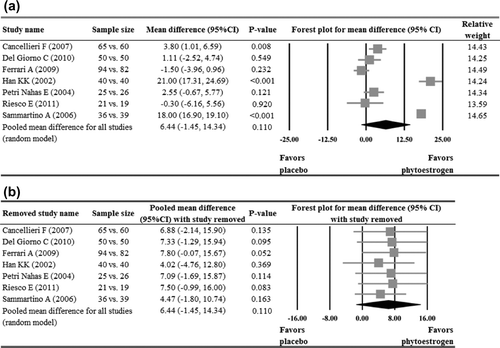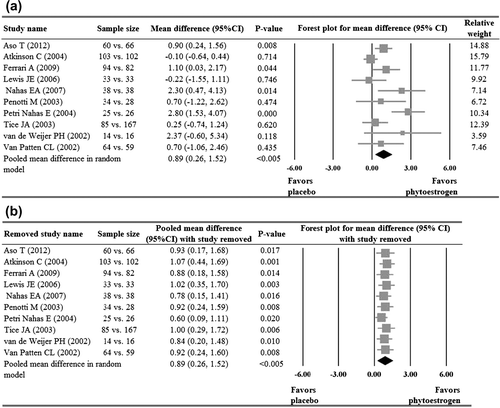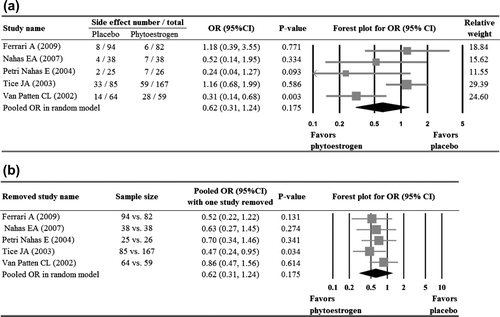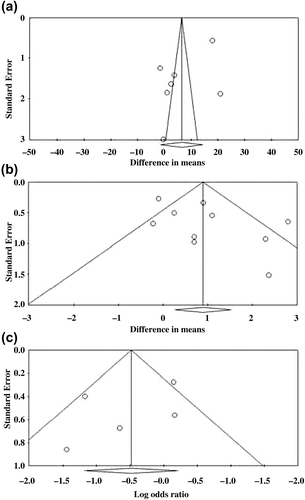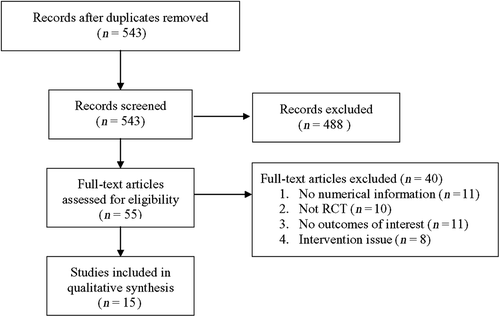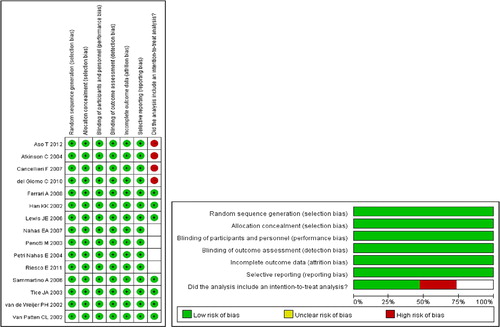Figures & data
Table 1
General characteristics of the 15 studies included in the meta-analysis. Age is presented as mean (standard deviation)
Table 2
Summary of Kupperman index and hot flush frequency reported in the studies included in the meta-analysis. Data are given as mean (standard deviation), except for side-effects which are reported as a number
